Living With Dysautonomia: October 2021 – Navigating Setbacks
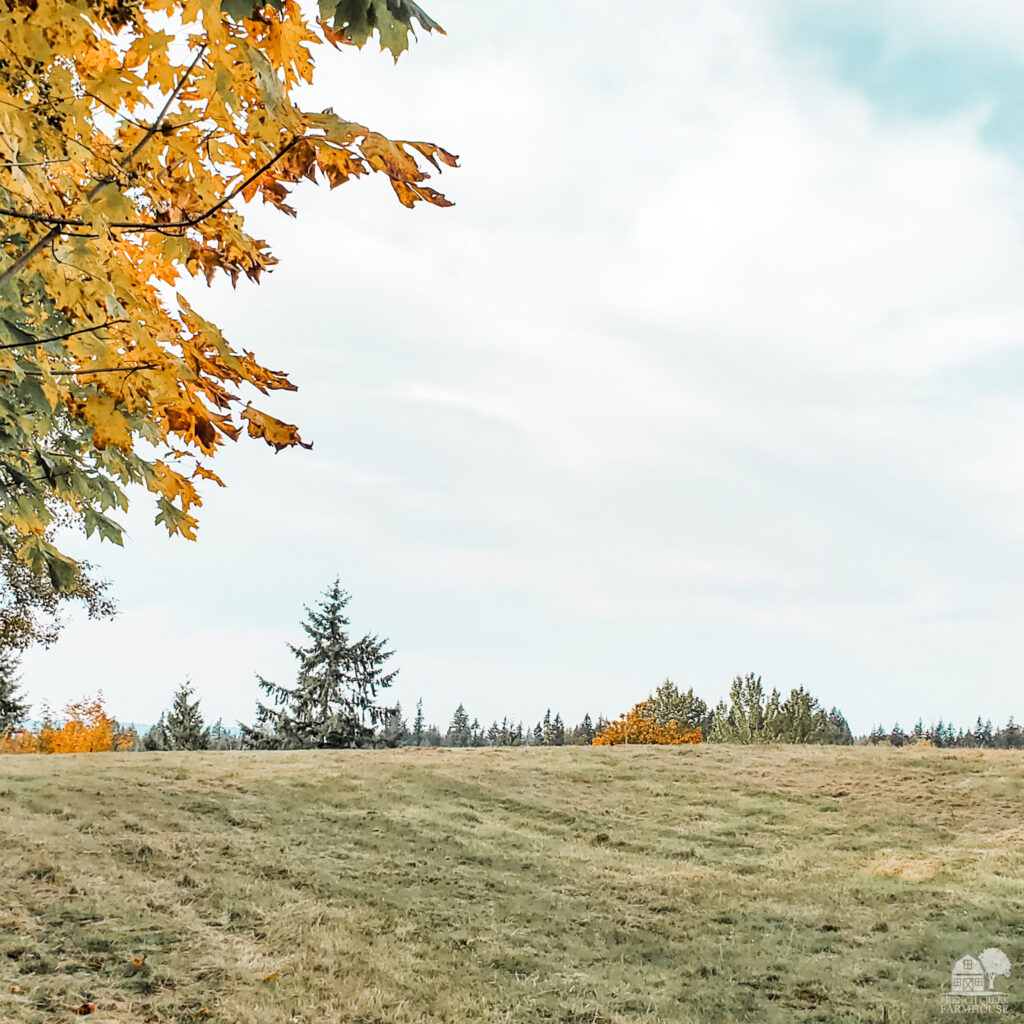
One of the biggest challenges of living with a chronic health condition, like dysautonomia, is navigating the setbacks that occur along the way. This month, I’ll catch you up on all that’s been going on since my last checkup, including my vaccination experience, as well as what we have on the horizon. Grab a beverage and a cozy chair–we have a lot of catching up to do!
If you’re a new friend, or you’ve missed some of the previous posts where I’ve shared about what we’ve been going through over the past year-and-a-half, you might be wondering why is this home/DIY blogger talking about her health?
Valid question!
But truly, this blog is an online journal about our life and home. After what we’ve experienced, it has impacted every part of our life, as well as how we manage our home and little farm. We cannot separate the two because living with dysautonomia has become part of our family’s story.
It’s my hope that sharing our experiences as we learn to live with this condition might help someone else. If that happens, then it’s all been worthwhile.
That said–if you’re just here for the decor, homesteading, and fixer-upper journey, feel free to skip reading this monthly post. Regular programming will resume as scheduled!
Now, let’s get on with it! Here are all the highlights from last month–both in words, and photos.

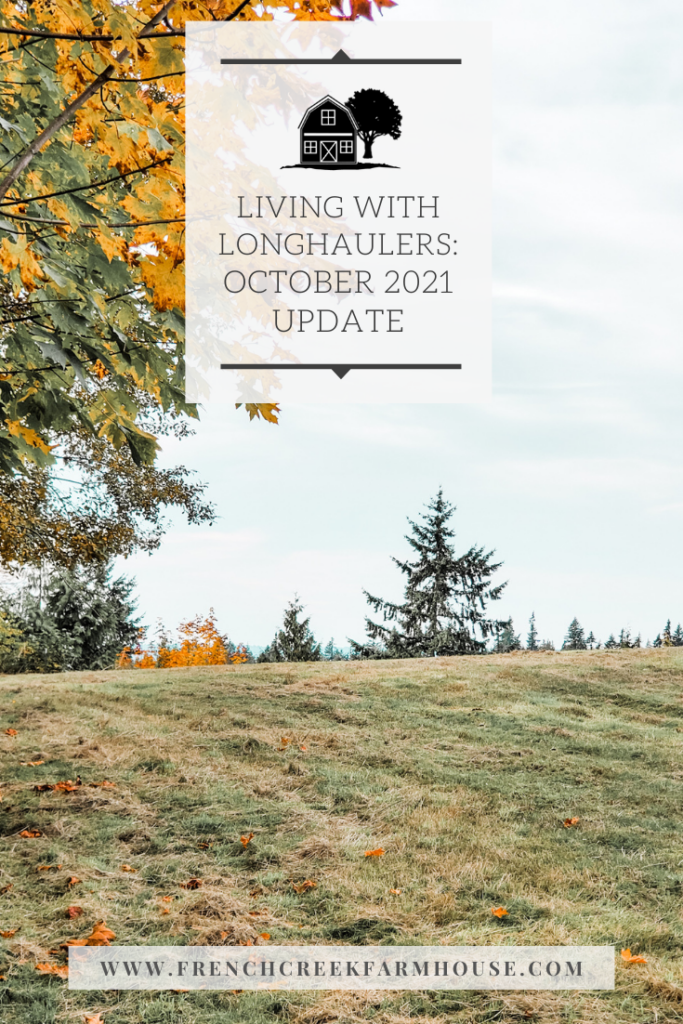

Disclosure: This is not a sponsored post, and I have received no compensation for sharing anything that follows. Some links within this blog may be affiliate links, and I might earn a commission if you make a purchase through that link. This usually amounts to cents, not dollars, and helps to support the projects featured on this blog. I only recommend products from companies that I have found to be trustworthy. Read my full disclosure here.
Additionally, what follows is a glimpse into our family’s personal experience with dysautonomia. Nothing shared here should be interpreted or used as medical advice. Due to the intimate nature of sharing our experience, we will certainly be omitting some details that are private, so you are only reading the part of any given story that we have decided to share. Please do not base any of your decisions on our experiences. Always consult your doctor about your personal health issues.

The Back Story
If you’ve missed previous posts where I’ve shared about how we got here, these links will help to catch you up.
May – July 2021: The Downside of Relying on Pharmaceuticals
April 2021: Deciding on Treatment Approaches
March 2021: An Update on How I’ve Been Doing
Since I’m planning to share updates monthly (hopefully) for right now, I don’t want to bore anyone by repeating the whole back story each time. However, if you’re unfamiliar with our story, you’ll probably have some questions. The three biggest questions are:
- What is dysautonomia,
- how did I get it, and,
- how are we treating it?
You can read all of those details here.
You can see past posts about our COVID journey here:

August & September: A Brief Re-cap
I didn’t post monthly updates for August or September, and I’ll get into why in just a moment. But first to re-cap what happened…
When I posted my July update, a few days into August, we had just received a call from my doctor with disturbing test results. You can read more about that here. I don’t usually post news like that right when it happens because I like to take the time to process the information myself. But, I decided to share it because I wanted to explain where we were at in the journey, and I knew I might be a little absent for a bit while we were dealing with the challenges. I didn’t want to simply disappear.
It was a really tough (and scary) time for us. We’d thought we were on a good path to healing, and then encountering this setback really knocked us down for a bit.
August: Getting Vaccinated
So, the first thing that happened was that I (finally!) got the green light to be vaccinated. My dysautonomia specialist recommended that I get the Johnson & Johnson vaccine since it was (at the time) only one dose. The thought was that one dose might be easier on my body.
That said, we knew that the vaccine would more than likely cause a flare of symptoms. Vaccines are intended to cause your body to mount an immune response–your body recognizes an invader and goes to work. But, with dysautonomia, my autonomic nervous system is already confused. It’s already stuck in a heightened state, so adding a vaccine to the situation just causes things to get more wonky than they already are.
The exact same thing happened when I had my flu shot last fall, even though I’d never had a reaction to the flu shot previously. The flare lasted for months while my body went into a severe attack mode, and I figured the COVID vaccine would do something similar.
It did, but only briefly.
At the moment of the injection, the jab hurt more than pretty much any vaccine I’d had before. Not intolerable pain by any means…but more like a bee sting. I didn’t watch, but Rob said that the technician really took a running start to stick the needle in (kind of like launching a javelin, he said!), so it might have been more about the technique than the actual injection.
While we waited in the observation area, my arm was stinging. Again, nothing intolerable…it really just reminded me of a bee sting. That lasted for about 30 minutes, and then completely went away. I thought, wow, maybe it’s not going to be so bad! Rob had his vaccine the month before, and had basically no symptoms, so I thought maybe I would be that way too.
Little did I know…
Once we got home, I parked it on the couch, and we watched Netflix while I drank gobs of water. Just trying to take it easy, like they tell you to do.
About three hours in, I started having a metallic taste in my mouth. It wasn’t horrible, but it was definitely noticeable. It’s important to add that this rare side effect is related to a whole lot of vaccines, not just the COVID vaccine, but it was new for me.
A few hours after that, I had mild nausea. However, nausea is one of my dysautonomia symptoms, and it happens almost daily, so I didn’t think much of it at first. But it kept getting worse. I had trouble eating much at dinner, and just felt sick to my stomach. Then the joint pain, muscle pain, and headache came on. By bedtime, I felt like I had the flu.
That night was not the best. I didn’t sleep well due to the pain, chills, and nausea. My arm became sore, too…like how it feels after getting a tetanus shot.
However, as crummy as I felt that night, it was not nearly as bad as I felt when we had COVID last year.
I actually managed to get a little computer work done that next morning after the vaccine, but almost exactly at the 24-hour mark, things went south. The muscle and joint pain became much worse, so I went back to bed–hoping I could sleep it off. By lunchtime, I had a fever that kept going up and up. It was like having a bad flu with all the symptoms.
But then, during the night, my fever broke, and the pain subsided, as well.
At that point, I was just left with my dysautonomia symptoms…tachycardia, chest pain, shortness of breath. I went back on my heart meds for a day, and that made a big difference.
So, all in all, it was about 72 hours of inconvenience, and my symptoms might have been a bit more severe than others experienced, but really–it was nothing compared to how we felt when we actually had COVID the year before.
August: Tons of Lab Tests
Once the vaccine was behind us, it was time to do more lab work. Between my general practitioner and my dysautonomia specialist, it was quite a lot to handle. In fact, the blood draws actually caused me to have a significant flare of symptoms, simply due to the decrease in blood volume that day.
The tech was only able to get about 75% of the tests done, and we still need to finish the rest. Most of the tests are really uncommon, and some have to be processed by the Mayo Clinic, so they take weeks to get results. I’ll update on all of that in a future post.
August & September: Reducing My Use of Pharmaceuticals
In late August, I went off of one of the medications I’d been using for over a year. All of the studies show that cardiac and physical therapy are linked to better long-term health outcomes than pharmaceuticals for POTS patients.
Right after I was diagnosed with POTS in 2020, I started on the Levine Protocol. Dr. Levine has created an 8-month therapy plan for patients, and I had a good experience with it last year. It requires VERY strict adherence and daily commitment, and there is basically no room for mistakes with the program. However, even after a positive start, a series of other events caused my symptoms to flare significantly, and I couldn’t keep up with the program at that time.
So, I went back on the program this summer, and it has allowed me to cut out one drug so far. I get the same benefit from the program as I did the medication, although, it definitely is much harder. It requires me to diligently stick with the exercises for hours a day, and it’s quite exhausting.
For that reason, I had to back off of blogging for a bit. I just had NO extra energy after doing my daily therapy. But it was a sacrifice I knew I had to make for my health and future. I’m so glad I’m on this path!
September: A New Website Design!
Since I was 100% focused on my rehab, it was a good time to hand our website over to our amazing developer for a total redesign. We just re-launched at the end of October, and I am beyond thrilled with the new blog and all of the changes that were made. I hope you love it, too!
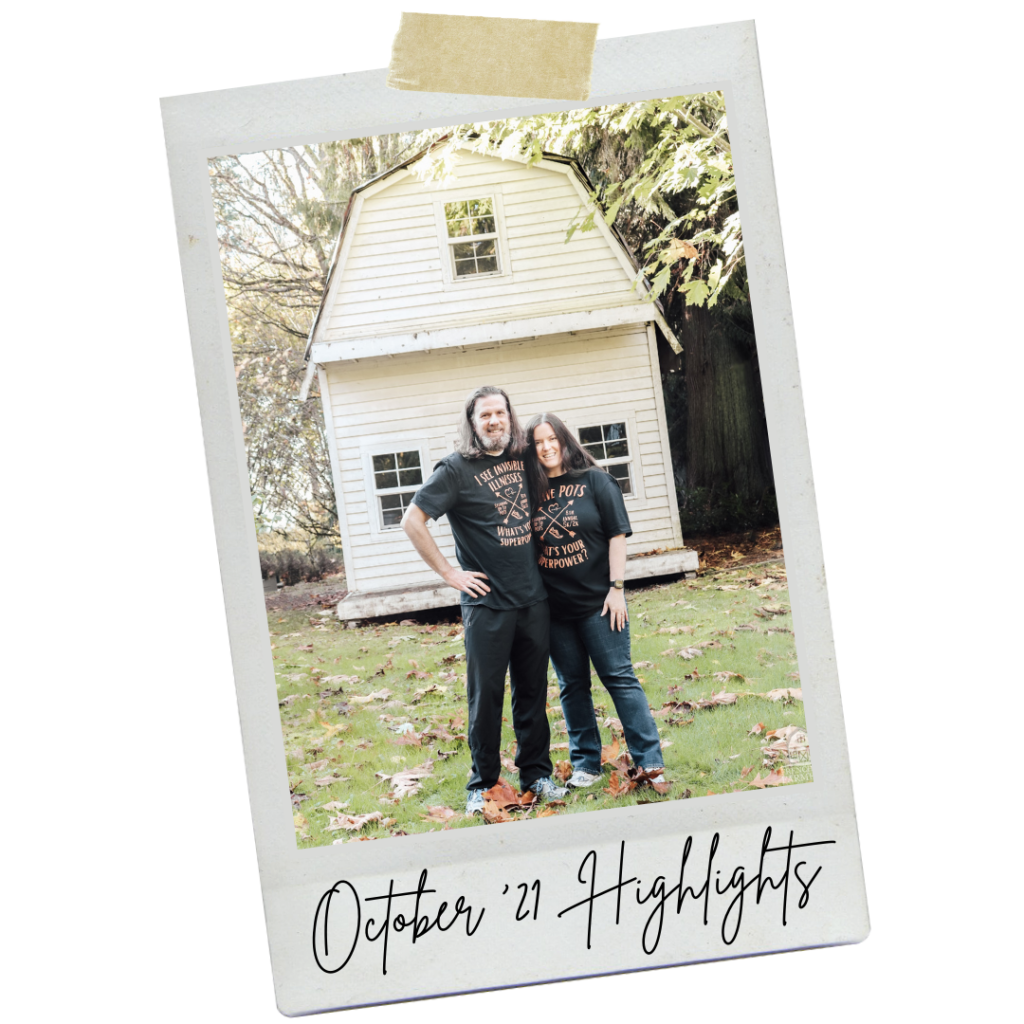
October 2021 Achievements
I used to call this section “Improvements”, but that wasn’t always accurate, and it also carried an underlying self-judgment. I was hanging onto the idea of returning to the previous version of myself…as though who I was before facing a disability was the only normal, and I needed to be that again.
Instead, I’m learning to embrace the version of myself that is…not was. That means I’m celebrating the things I’m learning to do, even if I have to do them differently than before.
This doesn’t mean we’re not still hoping for miracles. I would LOVE to return to my previous abilities. But, if that’s not part of the bigger plan for my life, I want to be accepting of that, as well. I want to love who I am and celebrate what I can do instead of comparing myself to who I was in the past.
Dysautonomia Awareness Month
October is Dysautonomia Awareness Month, and to celebrate that, there’s an annual 5K run/walk hosted by the Standing Up to POTS organization. Last year, Rob ran it to help raise money for research, but I wasn’t in any condition to try that yet.
After my check-up in June, I started thinking about how I might be able to participate this year. The only problem was that I couldn’t stand and walk for more than a few minutes at a time…there was no way I could complete a 5K!
It sort of seemed like an impossible dream, and I mentally put it on the back burner, even though I was still committed to doing my PT exercises…until we got that call from my doctor in August. At that point, I was more determined than I have ever been that this disease was not going to take my life away from me.
Just doing my rehab exercises was no longer enough for me. I wanted to PUSH to change how things were going and alter the trajectory of my health. So, we made a significant investment in my recovery and purchased a treadmill. Actually, it’s more than a treadmill…
Technically, it’s an incline treadmill. Unlike standard treadmills that can raise up to maybe 10-12% incline, ours will incline up to 40% and decline to -6%. It allows for a much more thorough workout–not that I can handle hills like that yet, but hopefully one day!
Using the treadmill means I can hold the hand rails (instead of my cane) to work on my orthostatic tolerance while also strengthening my heart muscle, improving my stroke volume, and retraining my cardiovascular system to do what it’s supposed to do.
I am SO proud to say that after more than 4 months of dedication–I’m talking about 6 days/week level of dedication–a lot of sore muscles, and more than a few tears, I completed the 5K last week!
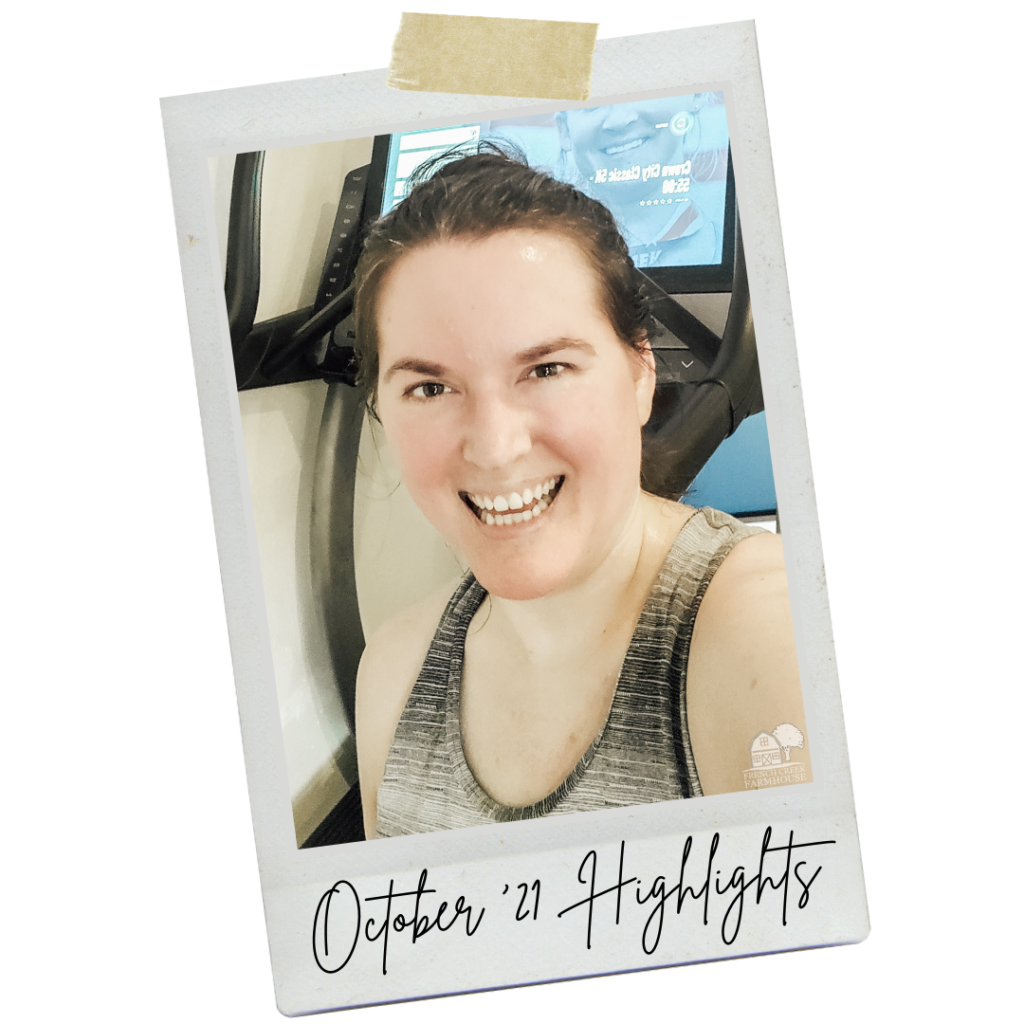
I walked the entire 5K race on the treadmill and finished in 49 minutes 48 seconds. Yes…that’s slow…but for comparison, earlier this year before I started training, I was not able to do more than a half-mile during my exercises on my BEST day, and I was walking at a 44-minute per mile pace.
For most of my adult life, I have been a long distance runner. A 5K race would have been a warm up for the “old me”. I literally used to run 5Ks on my recovery days! So, understandably, there has been a whole lot of emotional reckoning for me along this journey. But I am incredibly proud of what I’ve accomplished. It was only a matter of months ago that my doctors told me I needed to accept the use of a wheelchair…and now I’m finishing a 5K?! That’s HUGE!
And…this isn’t the finish line for me. It’s just the beginning, really. I have two big goals out on the horizon…
- Finish a 5K off the treadmill (ideally without any mobility assistance too!), and,
- Be able to run a mile (first, on the treadmill, but then off of it!).
To be honest, I don’t know if either of these goals is possible for me anymore. But I’m not willing to accept that they aren’t possibilities until I’ve worked for them and tried. I’ve already done far more than I was told I would probably be able to do, so who’s to say I can’t, right?!
Right after we took that picture of me finishing the 5K, I sat down on the floor, and all the emotions came breaking through. Over a year and a half of struggle, pain, fear, uncertainty, worry, fatigue, all of the sore muscles, all of the pep talks I’ve had with myself to make sure I stuck with the program and did my exercises every day…it all came pouring out of me.
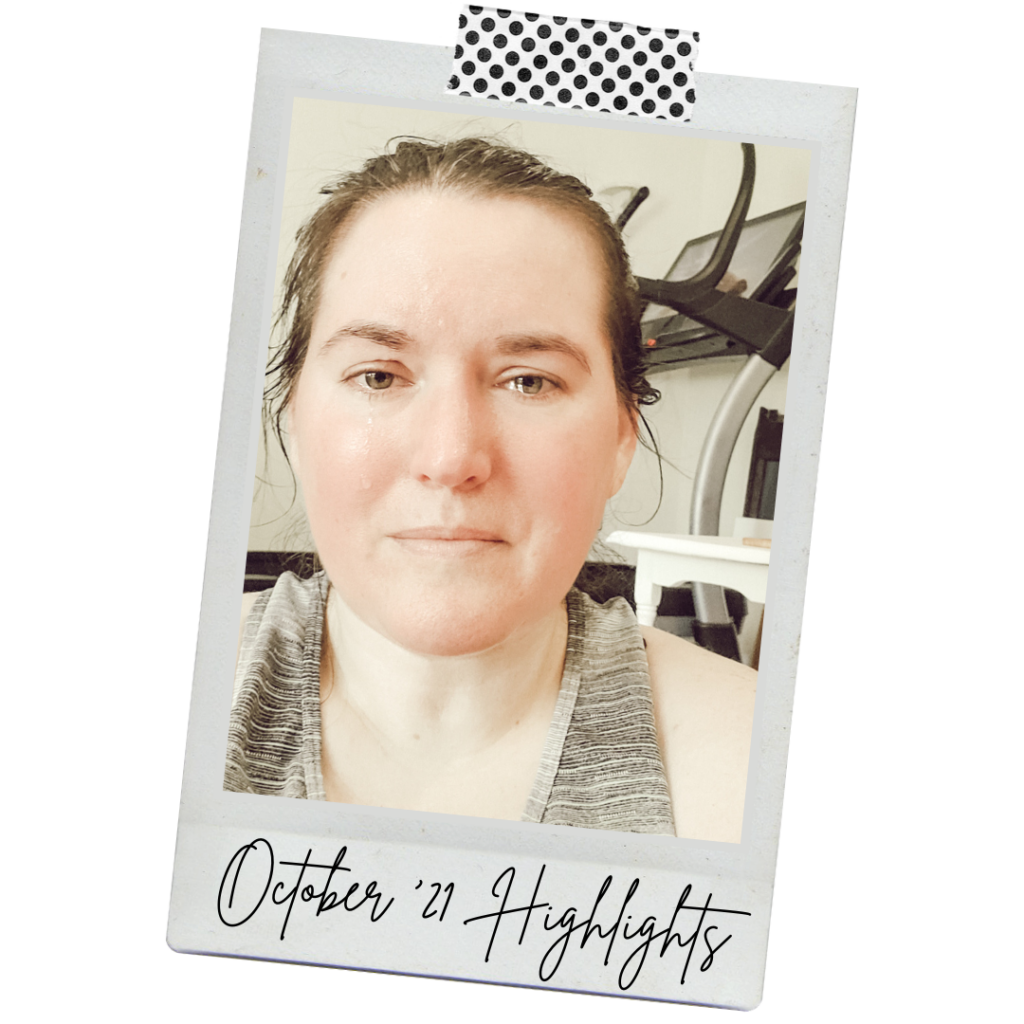
I cried. And then I cried some more. I was crying for both the struggle and the joy. It was like my soul needed to purge all of that STUFF that had been accumulating, while at the same time celebrating what I had just achieved. I cried until I started to wonder if I was ever going to stop crying!
But when it was over, I realized it was probably the most healing thing I could have done. I needed to release all those feelings and embrace all that happiness, and it just happened to occur at the same time. The perfect storm!

October 2021 Challenges
Making sure I share this journey fairly, these accomplishments didn’t come without some challenges. My intense dedication to the Levine Protocol program for POTS patients has increased some of my symptoms. However, that is expected.
Dr. Levine notes that patients often actually feel worse for several months after starting the program, and I can attest to that! That said, I think of it as an investment…if I put in the effort now, I have the possibility of things getting better later.
I mean, look what I’ve already been able to do! That’s proof enough for me.

My Current Symptoms
When I put this list together for the very first update, it was the first time I’d ever seen all of my symptoms in list form. It was more than a bit overwhelming to see how long it was!
But, on the plus side, it helps me to be mindful about where I’m at in this journey.
There was no change to the list over the past few months, however some of these symptoms have become more exaggerated due to how hard I’m working at my recovery and pushing my body each day.
- Tachycardia
- Bradycardia
- Heart palpitations
- Chest pain
- Shortness of breath
- Hypovolemia
- Low blood pressure
- Dizziness/lightheadedness
- Fainting/near-fainting
- Tinnitus
- Tremors
- Difficulty walking
- Muscle/Joint/Bone pain
- Neuropathy in hands and feet
- Brain fog/memory problems/confusion
- Difficulty speaking
- Blurred vision
- Dry or teary eyes
- Migraine headaches
- Sleeping problems
- Extreme fatigue
- Difficulty regulating body temperature/Heat and cold intolerance
- Difficulty swallowing
- Nausea and/or abdominal pain
- Heartburn
- Vomiting
- GI distress
- General weakness
- Over-sensitivity to smell/distorted sense of smell
- Loss of ability to smell/taste (comes and goes unpredictably)
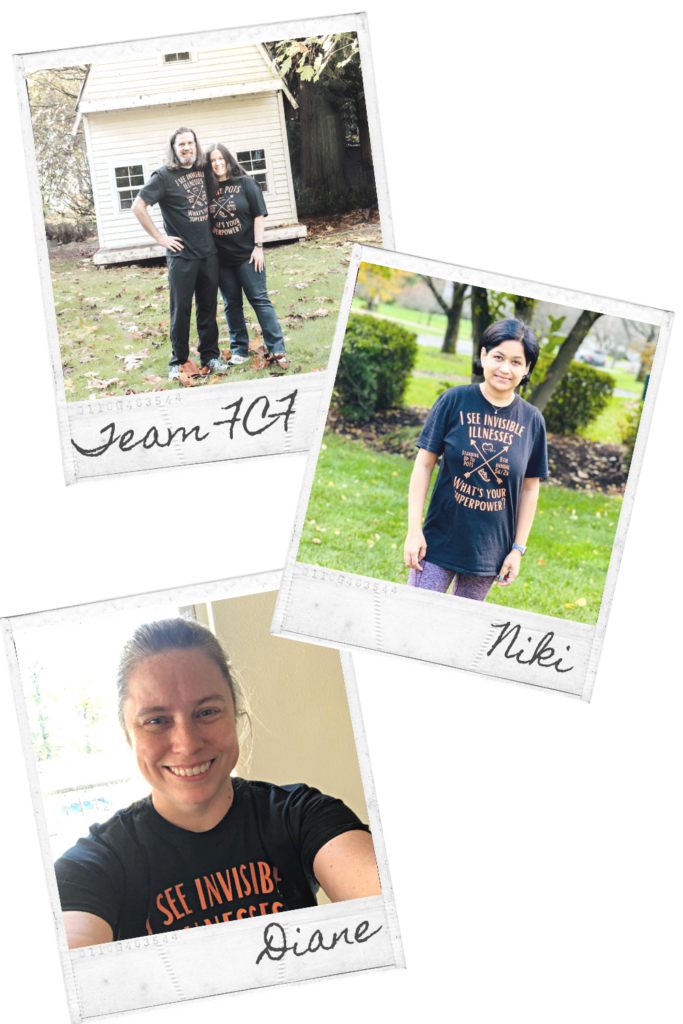
Gratitude
I am especially grateful this month because when I completed the 5K, I wasn’t alone. Of course Rob–my biggest cheerleader and love of my life–signed up, too…but two of my dearest friends also joined us (virtually)! It’s wonderful that our little team helped to raise more money for POTS research, but I also feel incredibly blessed to have these supportive women in my life.
I met my BFF, Niki, when we worked together many years ago. She was one of those people who you feel you’ve known your entire life even when you first meet–you know the type? We’re convinced that we must have known each other in many lifetimes! From two single ladies, to planning our weddings, building our families, and everything in between, she has always been there for me every step of the way.
Diane and I also had an instant friendship when we met 12 years ago. We became running partners, and have raced together all over the Puget Sound. When you do long distance running, you’re out on the course for hours at a time, so Diane and I have had a whole lot of long, meaningful conversations over the years. Diane has challenged me, inspired me, been a shoulder to lean on, and she is so dear to my heart.
I am truly blessed to have these women in my life and supporting me on this journey.
How You Can Join In, Too!
If you want to support dysautonomia or POTS research, there are two organizations that I highly recommend.
Dysautonomia International: This nonprofit organization funds scientific research and works tirelessly to improve the lives of patients and their families through advocacy, education, and outreach. They are leaders in this field of study, and I urge you to support them however you are able.
Standing Up To POTS: Postural Orthostatic Tachycardia Syndrome (POTS) is the type of dysautonomia that I have, and this organization is specifically dedicated to funding research for this disorder and improving the quality of life for POTS patients. This is also the organization that hosts the annual 5K race!
Do you love hunting for vintage treasures as much as I do?
Get my free vintage & junk hunting journal
Let’s be email pen pals! Sign up to join our community, and get your free printable PDF Vintage Hunting Journal. This is so good!
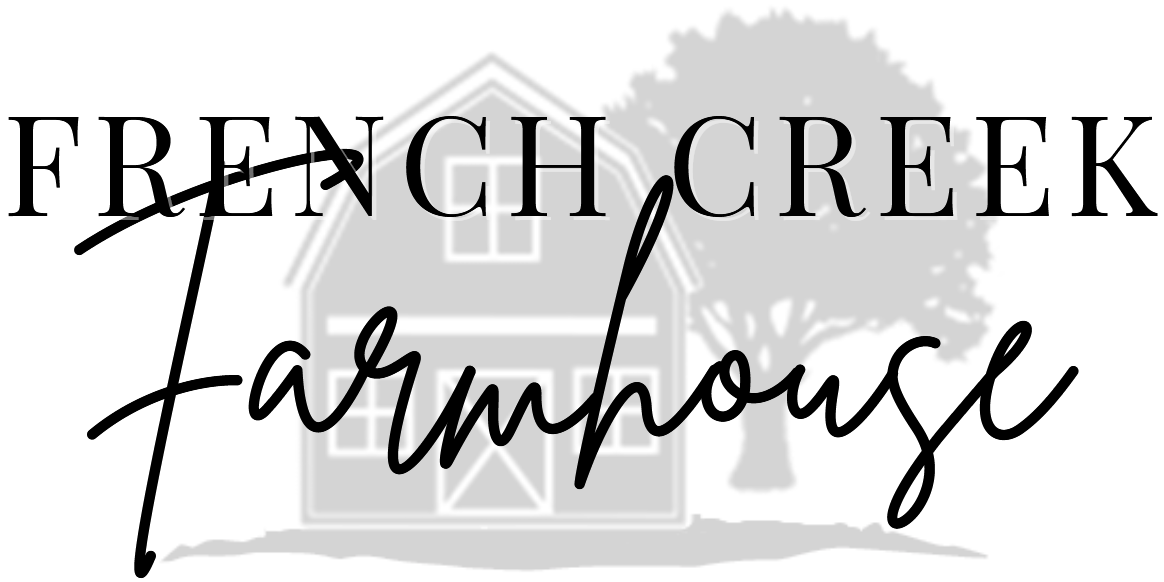
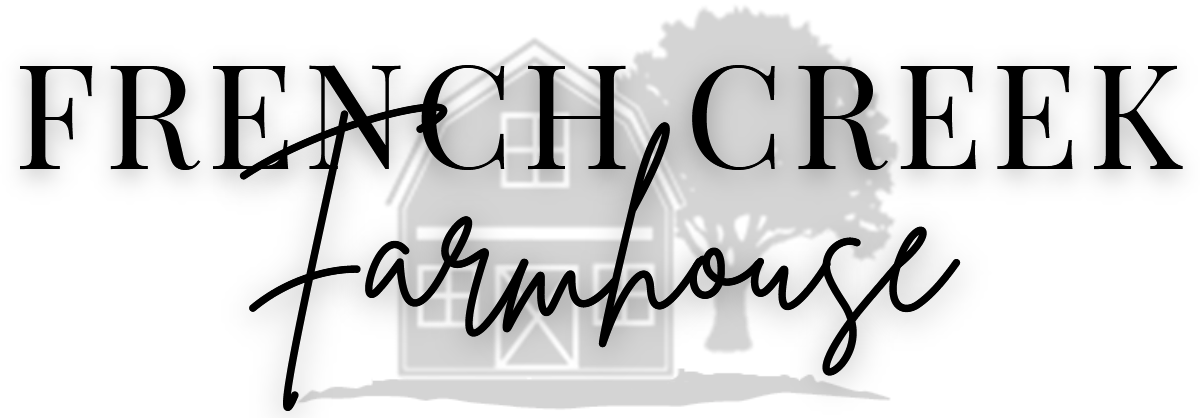
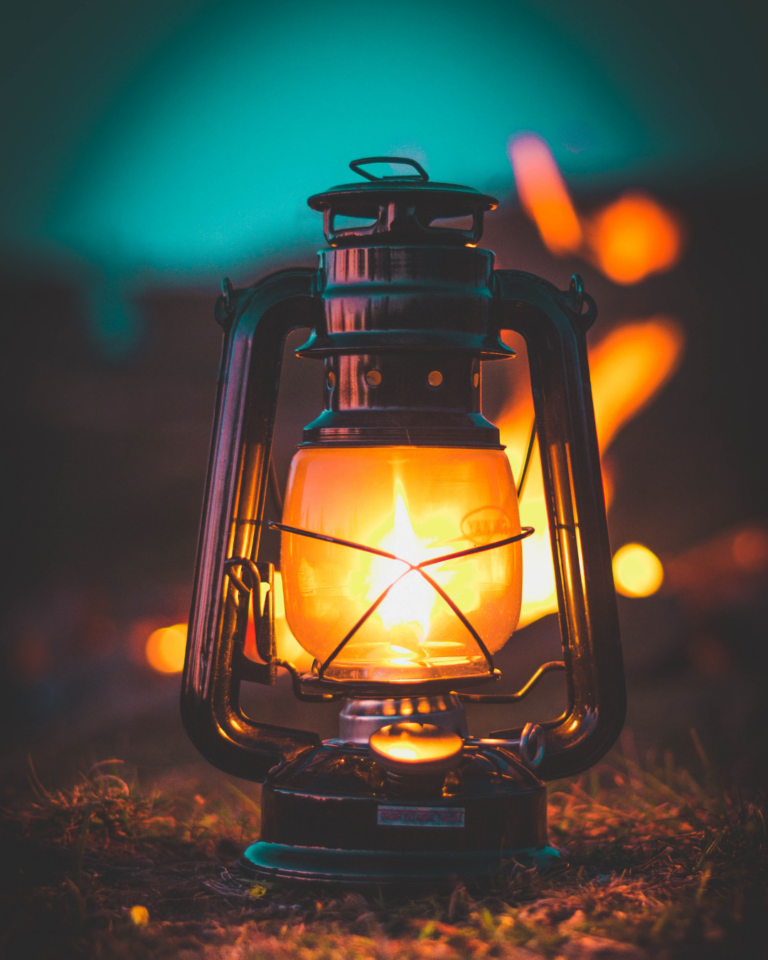


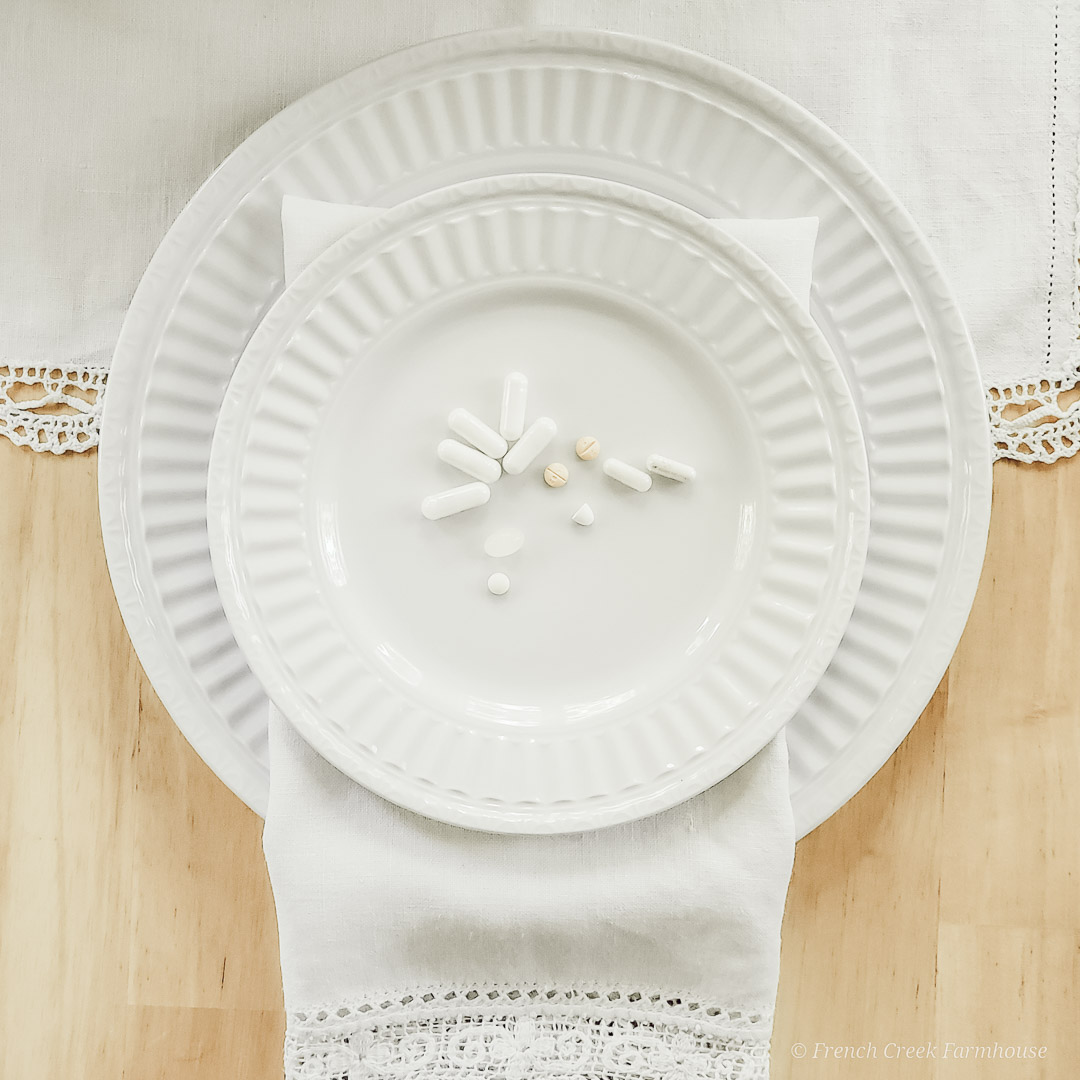

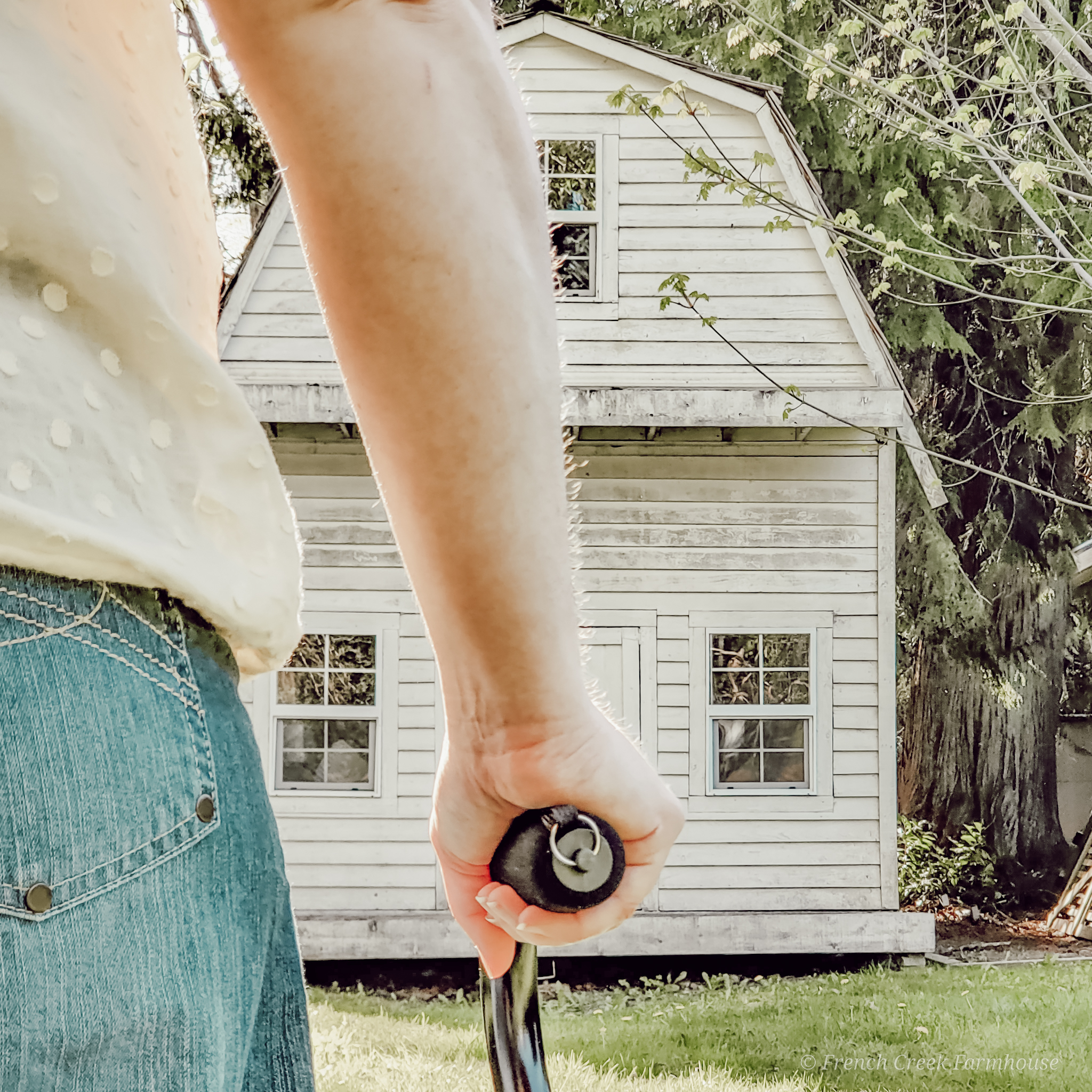
It’s difficult to say in English all the feelings that affected me as I was reading your debriefing, but I’m so admiring your fortitude ! I wish best days for you, and hope all yours efforts will be successful
Thank you so much for the kindness, Michele–it means the world to us! xo! (And, P.S….your English is perfect!)
I am so proud of how strong you are in coming to accepting who you are now. I had Chronic HEP C for 30 years before it had been diagnosed (contracted from blood transfusion). I too had horrible two years of needles, blood work, etc., and in bed that same time. I am in remission, but my problem is/was wanting my old self back; not going to happen. I’m writing you because you have encouraged me to accept my life as is. I have SOO many blessings. I will pray for you. Sincerely, Vivianne Palmateer
I can’t begin to tell you what this means to me, Vivianne. Sometimes, it can be hard to share this experience and be so vulnerable about telling the story we’re living. But moments like this make it worthwhile. It’s the love from friends like you that keep me going–thank you for being part of our journey! xo!